NextEra Energy has responsibility for the 105-mile segment from Pennsylvania to a point in Frederick County, Virginia. NextEra named their segment MARL. The new transmission line continues with a 45-mile segment from Frederick County, Virginia to Loudoun County, Virginia that is assigned to FirstEnergy, Potomac Edison’s parent company. Potomac Edison named their segment Gore-Doubs-Goose Creek, after the substations it connects.
Each company is responsible for securing a state utility commission permit in every state which its project crosses. A Notice of Intent to file an application is required by West Virginia law to be filed at least 30 days before the actual application, and expires after 90 days.
The West Virginia Public Service Commission has opened a permitting docket for each company’s application.
The Case Number for Potomac Edison’s segment is NOIE Potomac Edison 25C.
The Case Number for NextEra’s segment is NOIE NextEra Energy 25A.
The new dockets enable concerned persons to formally file comments and/or petitions about the projects at the PSC. To do so, visit the PSC’s website and select “Submit a Comment” from the left hand menu. Then select “Formal Case” from the next screen. Agree to the disclaimer on the next page, and it will bring up a form to fill out with a space to type your comment. Be sure to include the Case Number in your filing.
If you would rather mail your comments in, send them to:
West Virginia Public Service Commission
201 Brooks Street
Charleston, WV 25301
Be sure to write the Case Number on your comments.
If you previously submitted comments, Resolutions, or letters to the PSC about these projects, you may need to resend them with the correct case number on them in order to have them become part of the official record in the docket. You may file comments on either, or both, docket(s). There is no limit on how many comments you can send. You could send them one every morning over coffee until a decision is made. It’s up to you.
Next Steps:
The companies will file their applications in their respective dockets. Once the application is filed, the company must notify impacted landowners by certified mail at least 30 days before the deadline to intervene in the case. The PSC will set a deadline to intervene in the case after the application is filed. It may be as soon as 30 days after the application is filed, but not sooner than the company sends you a notice via certified mail.
Intervening means becoming a legal party to the case, with the right to file testimony and cross-examine the company’s witnesses. Intervenors may also file briefs, recommending a decision to the PSC, and only intervenors have a right to appeal the PSC’s decision in the case.
Persons with an interest in the case, whether as an impacted landowner or electric ratepayer, may intervene and request party status. Intervenors may hire an attorney, or they may participate pro se, which means representing himself or herself without an attorney. Intervenors may also join together and hire one attorney to represent an organized group of intervenors, which can make representation less costly. We will have more information about intervening coming up soon.

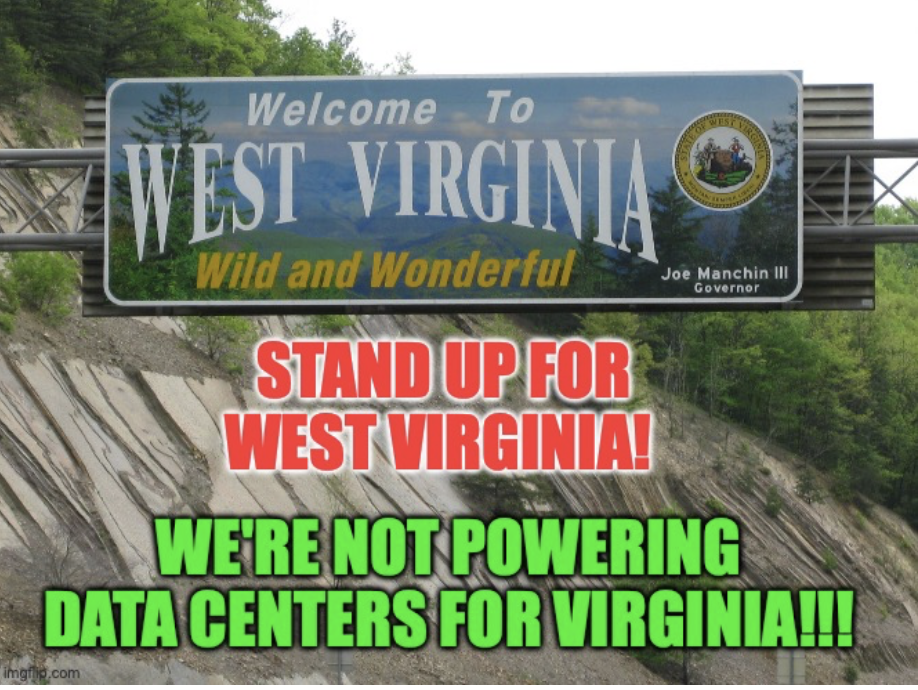


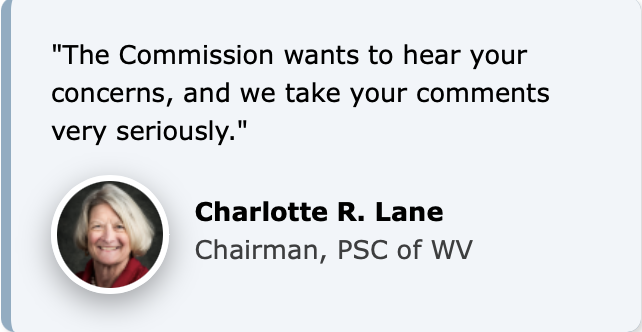
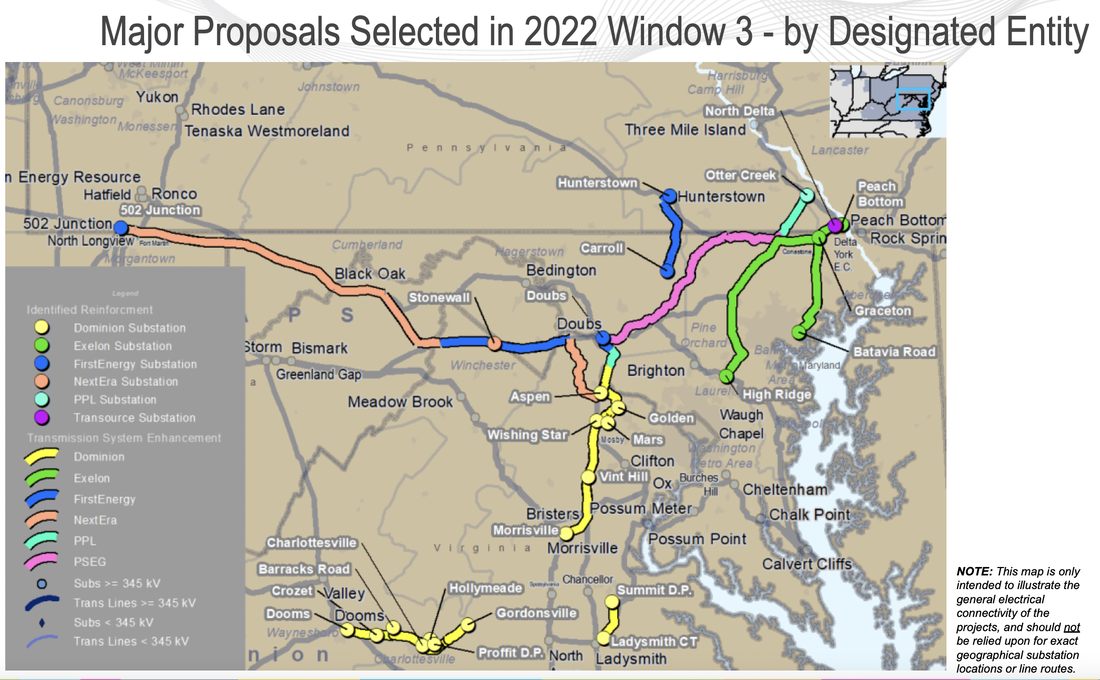

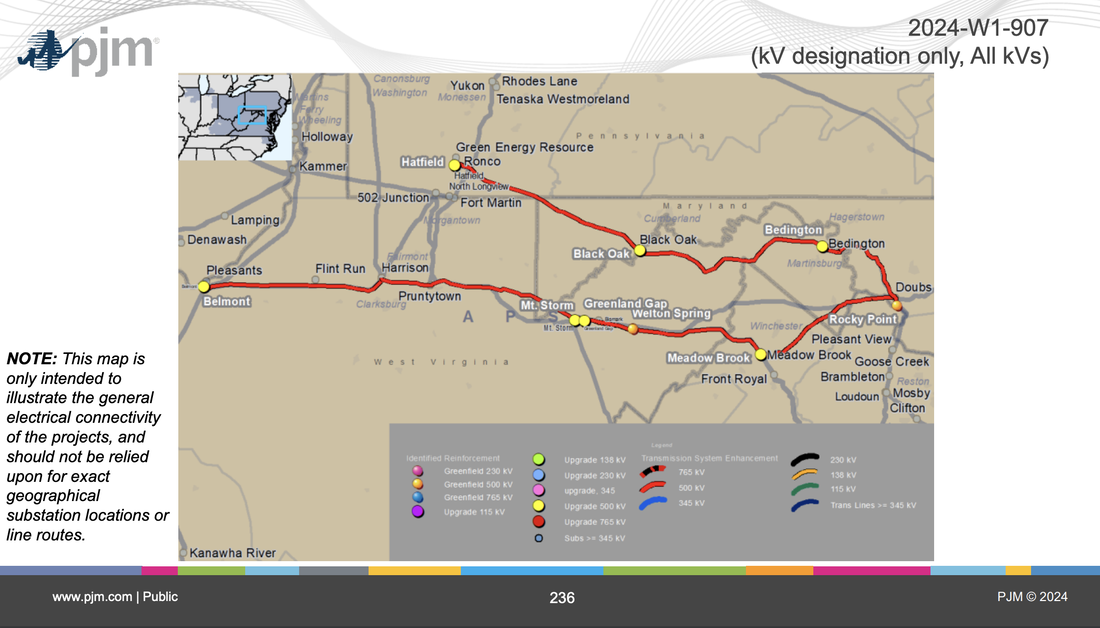
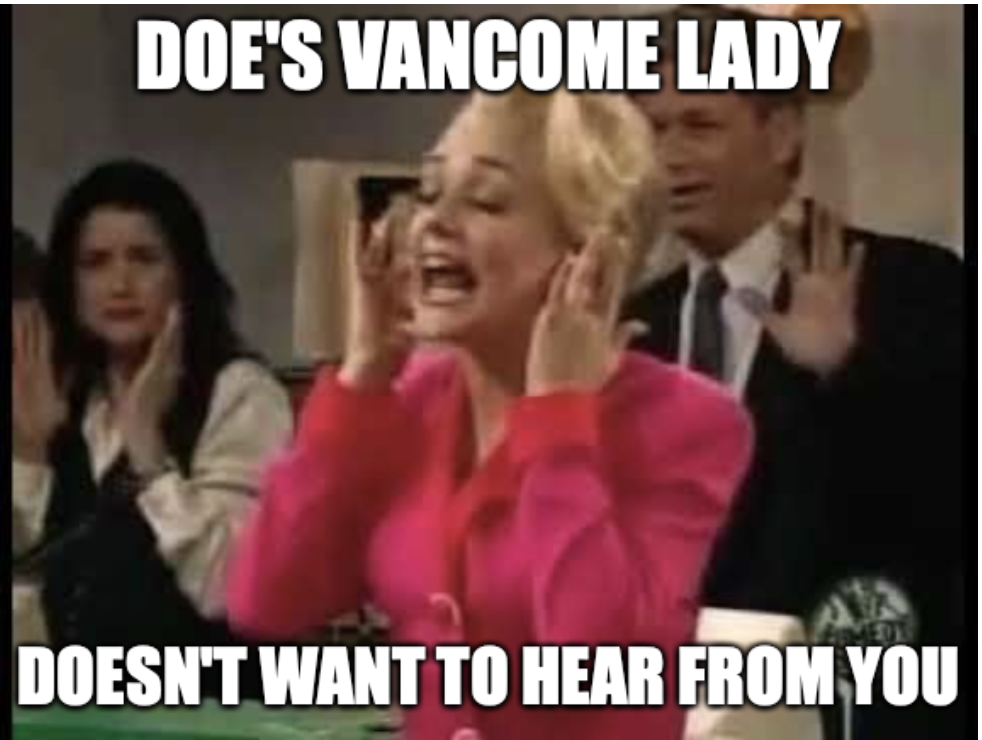
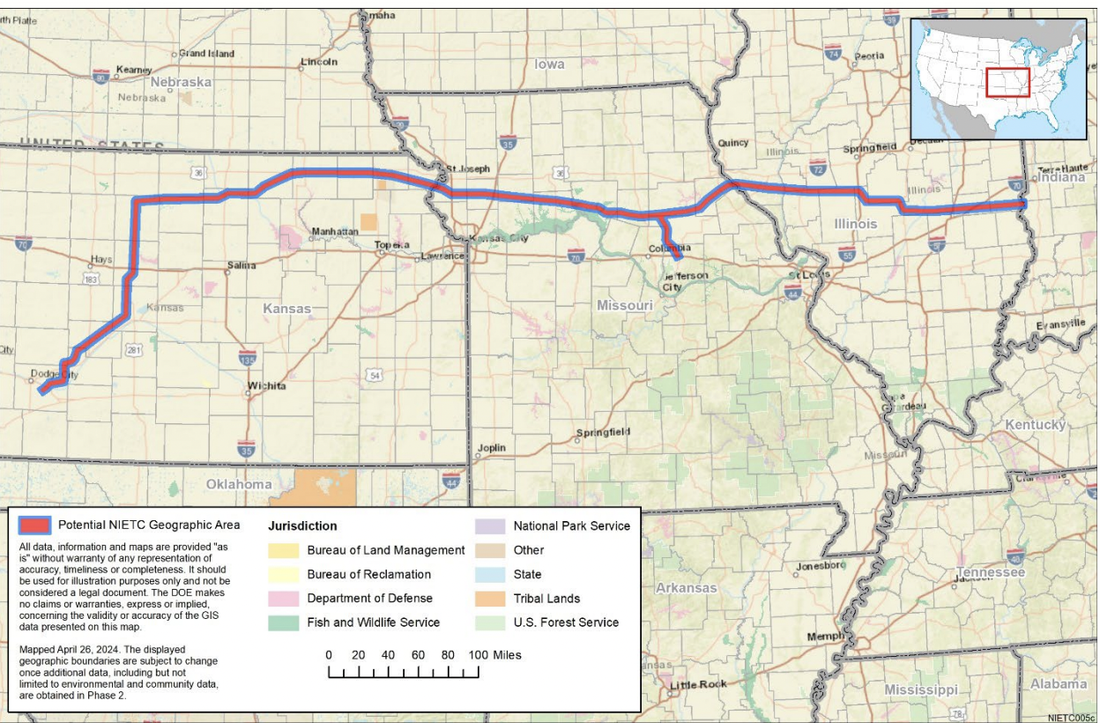
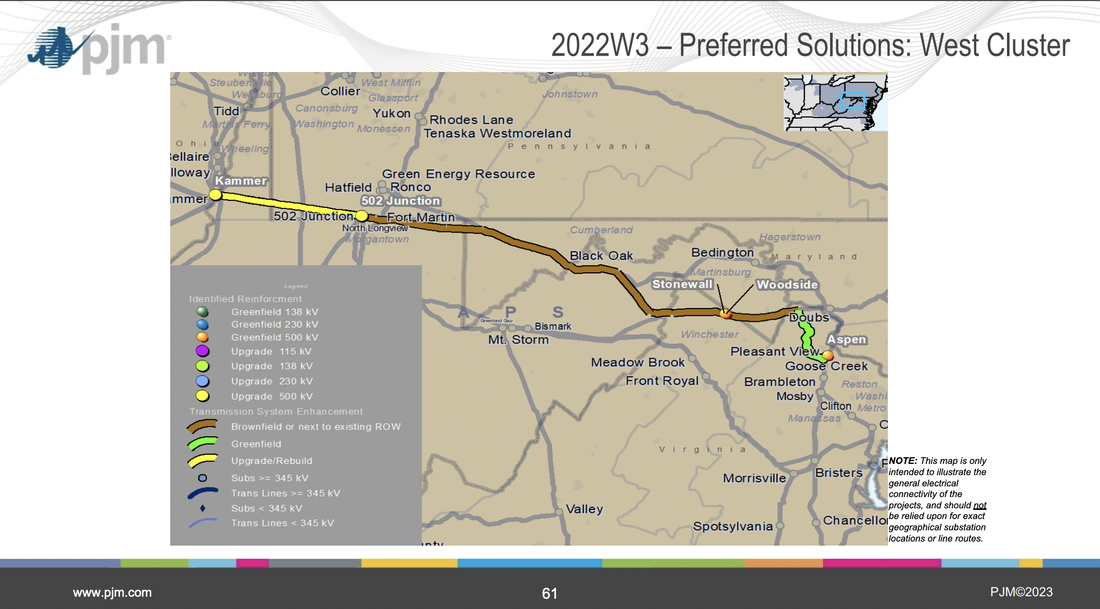
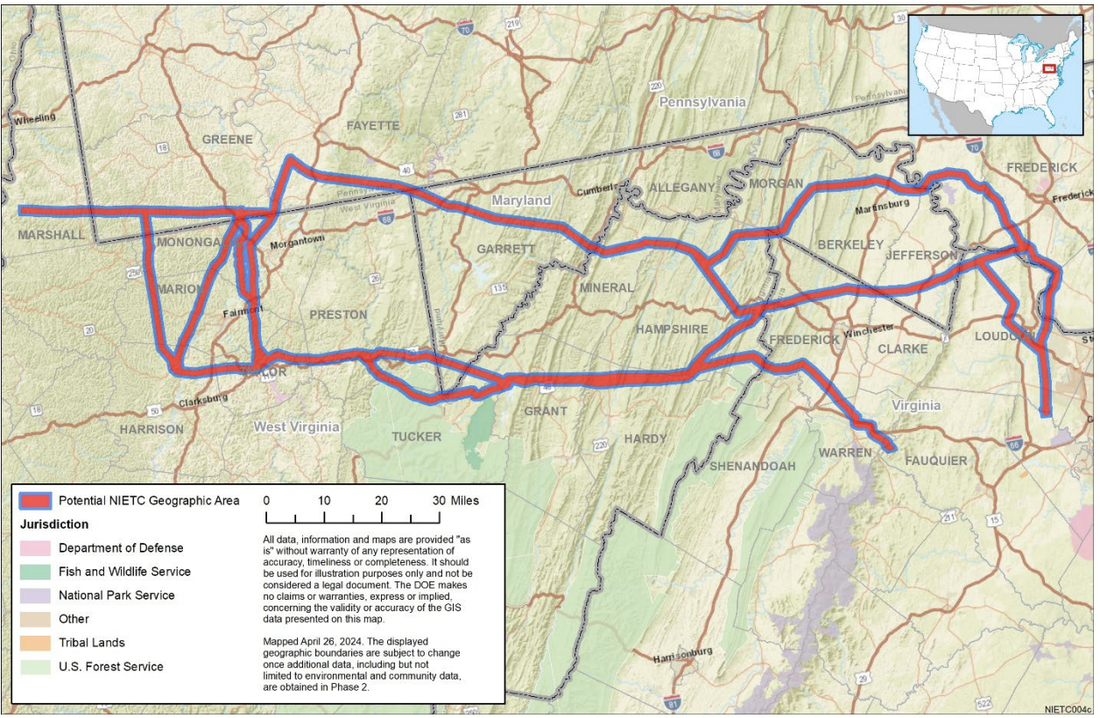

 RSS Feed
RSS Feed